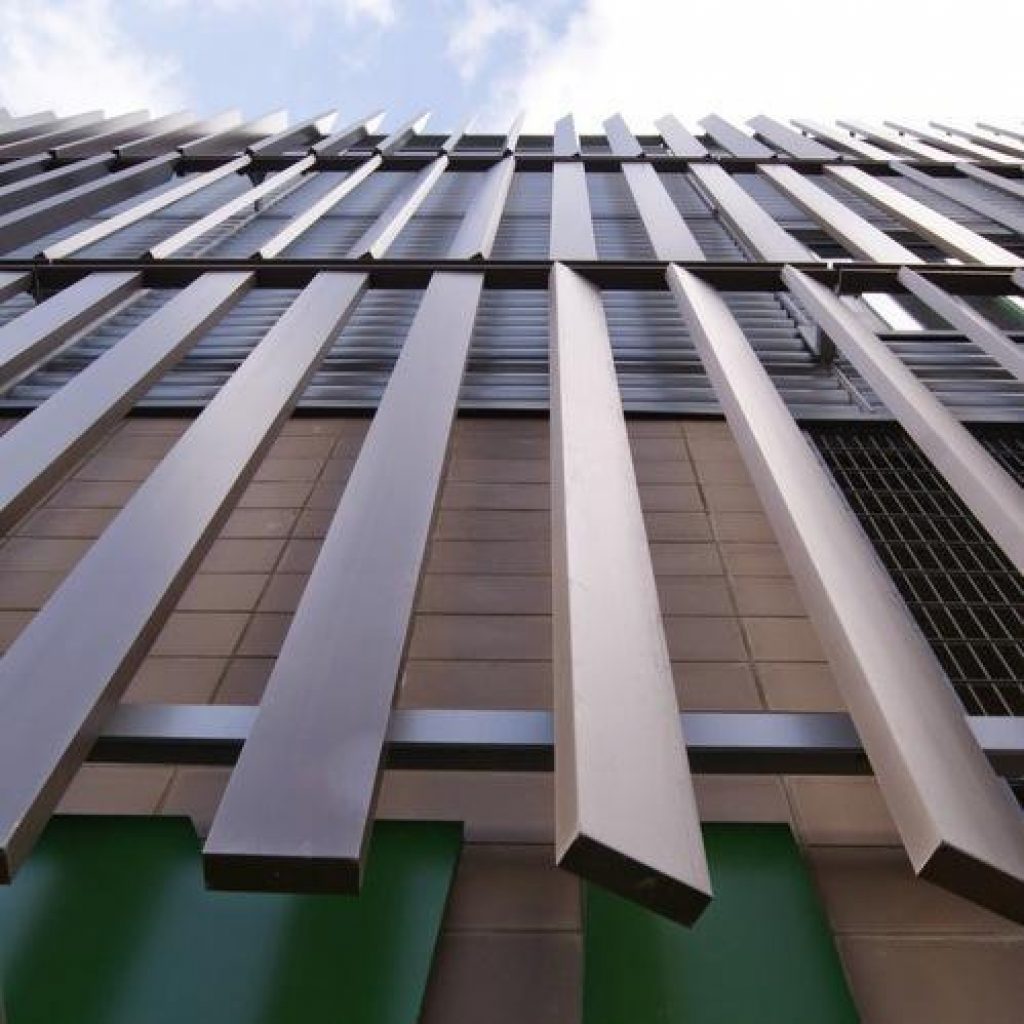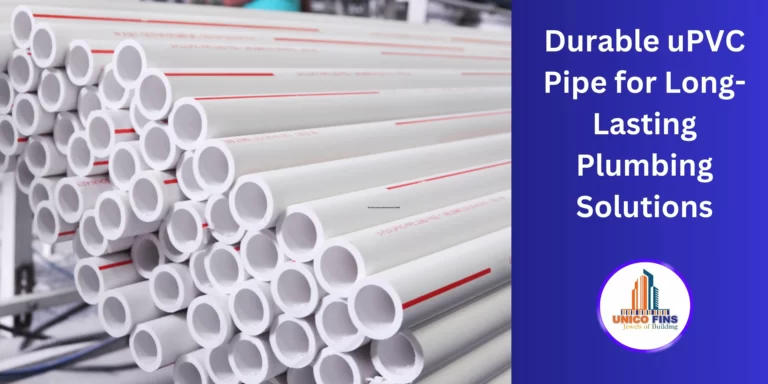UPVC fins are a modern solution for building façades. They are made from a type of material called Unplasticized Polyvinyl Chloride (UPVC), which is a strong, durable material that is resistant to weathering and corrosion. UPVC fins are often used as a way to improve the energy efficiency of a building. They can be used to block the sun’s rays, which can help to keep a building cooler in the summer. UPVC fins can also be used to improve the appearance of a building.
What are UPVC fins?
UPVC fins are made from a type of plastic called polyvinyl chloride (PVC). PVC is a strong, durable material that is resistant to weathering and corrosion. UPVC fins are often used as a way to improve the energy efficiency of a building. They can be used to block the sun’s rays, which can help to keep a building cooler in the summer. UPVC fins can also be used to improve the appearance of a building.
Benefits of using UPVC fins
There are many benefits to using UPVC fins. Some of the benefits include:
- Energy efficiency: UPVC fins can help to keep a building cooler in the summer, which can lead to lower energy costs.
- Durability: UPVC fins are a strong, durable material that is resistant to weathering and corrosion.
- Low maintenance: UPVC fins require very little maintenance.
- Aesthetics: UPVC fins can be used to improve the appearance of a building.

Types of UPVC fins
There are many different types of UPVC fins available. Some of the most common types include:
- Solid fins: Solid fins are the simplest type of UPVC fin. They are made from a single piece of material and do not have any openings. Solid fins are effective at blocking the sun’s rays, but they can also block natural light.
- Hollow fins: Hollow fins are similar to solid fins, but they have openings that allow air to flow through. Hollow fins are less effective at blocking the sun’s rays than solid fins, but they allow more natural light to enter the building.
- Lattice fins: Lattice fins are made from a series of interconnected bars. Lattice fins allow more natural light to enter the building than solid or hollow fins, but they are less effective at blocking the sun’s rays.
- Rotating fins: Rotating fins can be adjusted to block the sun’s rays or allow more natural light to enter the building. Rotating fins are the most versatile type of UPVC fin, but they are also the most expensive.
How to install UPVC fins
UPVC fins can be installed by a professional or by a DIYer. If you are installing UPVC fins yourself, there are a few things you will need to do:
- Measure the area where you want to install the fins.
- Cut the fins to size.
- Drill holes in the fins.
- Screw the fins in place.
Maintenance of UPVC fins
UPVC fins require very little maintenance. You can clean them with a mild soap and water solution. You should also inspect the fins regularly for any signs of damage. If you find any damage, you should repair it immediately.

Conclusion
UPVC fins are a versatile and effective solution for improving the energy efficiency, comfort, and security of a building. They are available in a variety of styles and can be customized to meet the specific needs of any project. If you are looking for a way to improve your building’s façade, UPVC fins are a great option.
Here are some additional benefits of using UPVC fins:
- Fire resistance: UPVC fins are fire-resistant, which can help to protect a building from fire damage.
- Soundproofing: UPVC fins can help to reduce noise pollution, which can create a more peaceful and comfortable environment.
- Security: UPVC fins can help to deter criminals, as they can make it more difficult to break into a building.
If you are considering using UPVC fins for your building, be sure to contact a qualified professional to get a quote and discuss your options. Like Unicofins, India’s No.1 upvc fins manufacturer. Contact: 7738589988.



